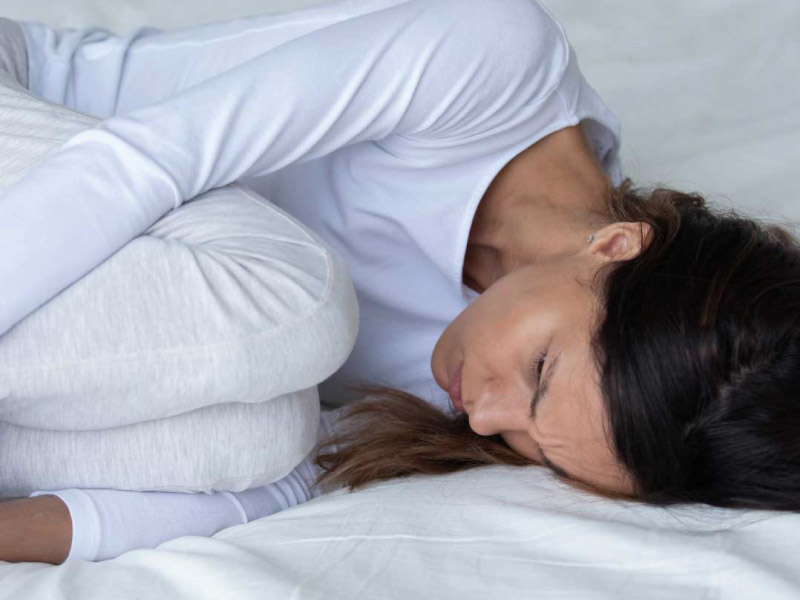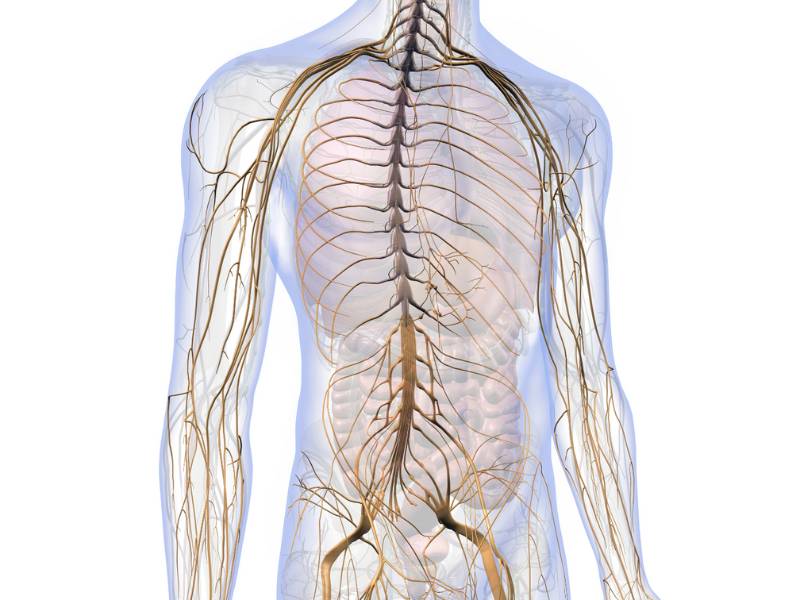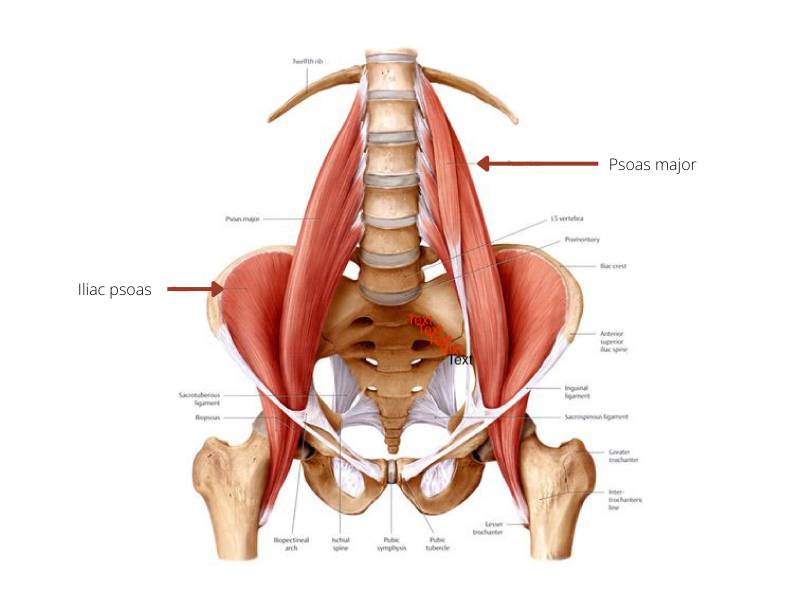TRE®
What is TRE®?
TRE® – Tension and Trauma Release Exercises, is a body technique invented by David Berceli that gently and safely assist the body in releasing deep muscular patterns of stress, tension and trauma created in the body during traumatic experiences or through chronic stress.
TRE® is based on the fundamental idea, backed by research that stress, tension and trauma is both psychological and physical.
Life today is full of triggers that make people feel stressed and under pressure: work, family, parenting, studies, financial pressure, daily life… All these psychological and physiological pressures are inscribed in your body.
The stretches in the TRE® technique give you an opportunity to release these tensions and lessen their impact.
Practicing TRE® leaves you feeling soothed, tension-free and invigorated. TRE® is easy to learn, effective immediately and self-empowering. It is suitable for all ages and levels of fitness.

About David Berceli, Creator of the Technique

David Berceli, Ph.D. is an international expert in the areas of trauma intervention and conflict resolution. He has spent much of his career studying stress mechanisms, and more specifically post-traumatic stress disorder (PTSD).
The results of his many studies show that, like other mammals, we possess a stress self-regulation system – a tremor mechanism. Unfortunately, the conditioning of our lifestyles very often blocks this natural mechanism.
Trauma is primarily an instinctive physical reaction. When exposed to a traumatic experience, our body goes through neurological and biological transformations, as we try to cope and adapt to the situation.


As a traumatologist, David Berceli has spent long periods in war zones. He often noticed how systematically people trembled, both during and after bombardments. Kids were shaking all of their bodies. He grasped the importance of a specific reaction to danger that consists also in putting oneself in a fetal position.
He then turned his attention to the research reported by Peter Levine in his book “Awakening the Tiger”, based on the observation of traumatised animals. This research shows that animals trembling after trauma are more likely to survive.
Animals & Humans Share the Same Mechanism

When an impala is attacked by a leopard and manages to escape, its entire body begins to shake to expel the tension that has built up inside it, to calm its nervous systems and quiet the fight, flight, or freeze response. Animals tremor when they experience trauma or anxiety.
Once this tension has been eliminated, the impala returns to its herd as if nothing had happened. This allows the antelope to move on without storing a physical memory (trauma) of the situation. Living in the African bush, I have witnessed that phenomenon a few times, which is fascinating.
Because we tend to focus too much on our thought, and our minds try to control everything most of the time, we have inhibited this natural mechanism and response to stress. Consequently, we build up and store chronic stress and unresolved traumas in our muscles and bodies, generating tensions. This perpetual tension is one of the root causes of post-traumatic stress disorder (PTSD) and chronic stress.

The lack of energy flow in the body induces on the long term somatic and psychological disorders (digestive problems, sleep deprivation, emotional unbalance, chronic fatigue, depression, low immune system, loss of memory, etc…).
So as we see, recovering from stress or trauma is genetically encoded in us and is part of our natural evolutionary cycle. This process is triggered by the most primitive part of our brain, (the one we share with all mammals).
To do this, the autonomic nervous system triggers sudden movements and vibrations called neurogenic tremors, in order to eliminate excess energy and release tension. Young children often do this spontaneously (they are less conditioned than us!).


The Psoas Muscle
The psoas muscle is key to body core tremoring.
Located at the base of our spine, this muscle responsible for putting us into a fetal position when feeling threatened (self-protection), protecting vulnerable parts of the body – those most likely to be attacked by a predator.
Whenever you experience an emotional shock, a trauma, or an event that you perceive as a threat, your psoas muscle constricts and ‘locks in’ the tension in the body. This mechanism is controlled by the autonomic nervous system to protect vital organs and provide a sense of security in the event of danger. It is the result of a muscular chain reaction, of which the psoas muscles are the epicentre.

TRE® stretches have been specifically designed to trigger a tremor mechanism, which is the human body’s natural response to self-regulation. The stretches activate tremors from the pelvis (the body’s center of gravity), which spread throughout the rest of the body, passing through all areas of chronic and deep-rooted tension, which then dissipate naturally.
Consequently, TRE® allows the psoas muscles to deeply relax, as well as our muscles located in the centre of the body, where fears and insecurities are held. The reactivation of these specific muscular tremors release the overflow of energy and allow the body to return to a sense of safety and calm.

1. About the psoas muscle and iliacus
The psoas and iliacus muscles link the back with our pelvis and legs. They are deep muscles that attach to the lumbar vertebrae and run down to the femur.
Located where your pelvis meets the front of your thigh, they enable flexion of the leg joint. In particular, they enable you to lift your leg up and forward! They are also one of the main hip flexors.
(Insert photo of iliacud and psoas)
The psoas contributes to:
- structural balance.
- standing posture.
- walking and body fluidity in movement.
Under the influence of danger, the muscles around our skeleton contract, a mechanism that allows our body to curl in on itself and protect the belly from potentially fatal injury. Once the danger has passed, the muscle releases its tension.


2. Our psoas: the soul muscle?
Nicknamed the “soul muscle’, the psoas reflects our state of mind through its connection to the diaphragm. It is intimately connected to our respiratory rhythm, and therefore to our emotional state, as well as to the brain stem, better known as the “reptilian brain”.
The iliacus responds to our fight-or-flight instinct, and is comparable to a sentry protecting the body’s centre of gravity. It is one of the muscle groups that protects us during a dangerous event.
When contracted, or even injured, the iliacus often gives rise to severe back pain.
What is often overlooked is that when the iliacus contracts and pulls the body forward, it generates parallel muscle contractions, as the body attempts to compensate for this pull.
The spinal erector muscles pull the body backwards in an attempt to return it to an upright position. By pressing on the lower vertebrae from two sides, these two opposing tensions compress the lumbar spine.
If continued over an extended period of time, such compression can be damaging. In addition, muscular traction will eventually cause secondary pain in the shoulders and neck.
What makes TRE® special ?
Peaceful tremors spread slowly but surely throughout the body, along the spinal column, naturally dissolving deep chronic tensions from the sacrum to the skull.
When tension is released in any part of your body, your brain registers a reduction in stress signals and decreases the production of stress hormones.
Session after session, tremors help release the patterns of muscular tension we’ve stored in our bodies throughout our lives. These tremors, which may differ from session to session, are generally pleasant and soothing.
They can make you feel as tired as after a long workout, or they can fill you with energy. After a TRE® session, a feeling of well-being and peace is often described.
Once the technique has been learned and mastered in a few sessions, the stretches can be performed at an accelerated pace. Eventually, and depending on each individual, tremors can even be induced spontaneously in the resting position (without the need to perform the stretches) to relieve the stress accumulated during the day.
Benefits of TRE®
- Reduces stress and anxiety.
- Reduced fear.
- Reduces symptoms of PTSD (post-traumatic stress disorder).
- Improved sleep
- Increased energy and stamina.
- Improved digestion.
- Reduced chronic pain.
- Regulated emotions and reduced emotional reactions.
- Increased social engagement.
- Healing of old physical, emotional or psycho-corporal wounds.
- Reduces anxiety linked to chronic illness.
- Reduces chronic inflammation.
- Reduces stress and anxiety.
- Reduced fear.
- Reduces symptoms of PTSD (post-traumatic stress disorder).
- Improved sleep
- Increased energy and stamina.
- Improved digestion.
- Reduced chronic pain.
- Regulated emotions and reduced emotional reactions.
- Increased social engagement.
- Healing of old physical, emotional or psycho-corporal wounds.
- Reduces anxiety linked to chronic illness.
- Reduces chronic inflammation.
TRE® for whom ?
The tremor mechanism on which TRE® is a natural phenomenon of the human body, managed by the autonomic nervous system (sympathetic and parasympathetic). The five practical stretches are simple and accessible to all, whatever your age or physical condition.
David Bercelli originally developed the TRE® method to help people deal with post-traumatic stress disorder (PTSD). It was initially aimed at people confronted with situations of extreme stress or violence (military or police officers, caregivers, victims of disasters, physical abuse, etc.). Today, everybody can benefit from this highly effective tension release technique caused by all types of stress.
Frequently asked questions
1. What does a session look like ?
A session lasts 45 to 60 minutes.
The TRE® technique consists of a set of 5 stretches that activate muscle tremors originating in our autonomic nervous system (our reptilian brain). It is a primitive and natural self-regulating mechanism triggered by the body itself and originating in the psoas muscles. This enables our body to discharge an overflow of stimulation and return to equilibrium and a state of tranquility (homeostasis).
While animals use this reflex, human beings, for cultural and societal reasons, have repressed it. TRE® stretches have been specifically designed to artificially trigger this innate tremor mechanism.
It takes about 15 to 20 minutes to do the stretches, then you will go on the mat where I will guide you through the tremoring. After about 20 minutes, you will rest for a period of 10 to 15 minutes.
As a provider, my role is to ensure that you remain present and grounded when you’ll go through the tremoring process. We’ll essentially focus on your body and the sensations in your body. Those tremors do not relate to a specific blockage or trauma, they naturally release tension patterns where it is required.
Everybody tremors differently. When tremoring on the mat, remain curious, and observe what’s happening in your body !
2. What happens before the session?
- Complete the indemnity form and return it to me by email before your session – alternatively, bring it with you.
- Plan about an hour for your session.
3. What to bring to the session ?
- Loose and comfortable clothes (jogging / legging ideal)
- A large towel
- A bottle of water
Please arrive 5 to 10 minutes before the start of your session.
4. How much does a session cost ?
R580 a session.
Group sessions (min 3, max 6 students) : R210 per person.
5. How many sessions do I need ?
TRE® is designed to be a self-help tool which, once learned with a certified provider, can be used independently at home, from time to time or throughout life, supporting your personal health and well-being. It takes a few sessions to become autonomous, followed by further sessions as and when required, if blockages arise in your personal practice.
TRE® is not a substitute for a consultation with your doctor, nor does it offer a diagnosis or prescription.
6. Are there any side-effects ?
Practicing TRE® leaves you feeling soothed, tension-free and invigorated. You may feel very relaxed, and also tired after your session.
There are no known negative side effects following a TRE® session.
